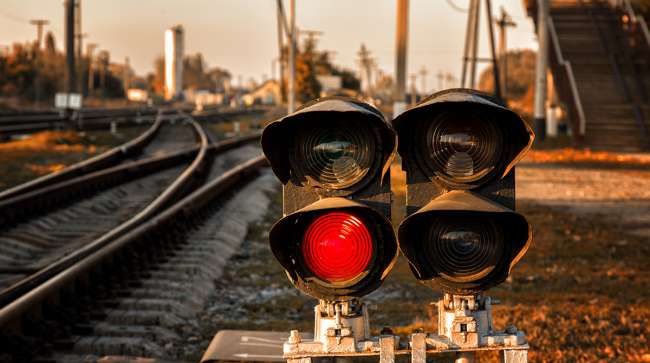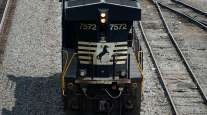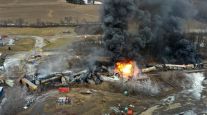Senior Reporter
DOT IG to Audit FRA Vehicle-Train Collision Data

Citing a persistent increase in the number of vehicle-train collisions at highway-rail grade crossings in recent years, the Department of Transportation Office of Inspector General has informed the Federal Railroad Administration that it is conducting an audit of the agency’s incident data.
“According to FRA, approximately 92% of fatal train accidents are due to trespassing or collisions at highway-rail grade crossings,” said a letter from the IG to FRA Administrator Ron Batory on Aug. 30. “The risk of these collisions grows as highway and train traffic increase and technological advancements lead to quieter, faster trains. Since the all-time low of 1,933 in 2009, the number of collisions at grade crossings each year has ranged from 1,988 to 2,296.”
Statutes such as the Rail Safety Improvement Act of 2008 and the Fixing America’s Surface Transportation Act of 2015 require states to use data-driven action plans to improve grade-crossing safety, the IG said.
“Given the numbers of highway-rail grade-crossing accidents and fatalities and the emphasis on using data to identify improvement actions, we are initiating an audit of FRA’s collection and use of highway-rail grade-crossing data,” the letter from the IG said. “Our objective is to assess FRA’s collection and use of highway-rail grade-crossing collision and accident investigation data to reduce grade-crossing collisions.”
The number of grade-crossing deaths has averaged more than 253 from 2008-2017, according to FRA data, and the number of grade-crossing fatalities in 2017 increased by more than 7% over 2016.
Audit Announcement - FRA Hwy-Rail Grade Crossing Collision Data by Transport Topics on Scribd
But despite multimillion-dollar media campaigns to persuade the public to “stop trying to beat the trains” the numbers have not come down in recent years. Those campaigns have included a National Highway Traffic Safety Administration and FRA $7 million media buy in January 2017 for “Stop! Trains Can’t” public service announcements.
An additional $6 million is available for fiscal 2018, according to FRA.
“While significant progress has been made, in 2017, there were over 2,100 collisions between highway users and trains, resulting in 273 deaths and 813 injuries,” FRA’s Batory told a Senate subcommittee hearing in May. “Another 560 persons were killed as a result of being hit by trains while trespassing on railroad property.”
On average, about 500 trucks or tractor-trailers each year are struck by trains at the nation’s 250,000 rail-grade crossings, according to the Federal Motor Carrier Safety Administration. Truck drivers are not allowed to enter a highway-rail grade crossing unless there is enough space to drive completely through the crossing without stopping. Drivers who violate the FMCSA rail crossing rule can be assessed civil penalties of up to $2,750 and employers can be fined up to $11,000.
At the May hearing, Sen. Susan Collins (R-Maine), pointed to an incident in which a chartered train carrying Republican lawmakers to a meeting collided with a garbage truck in Virginia, killing one person.
“Unfortunately, these type of accidents occur all too frequently,” Collins said.
An October 2017 Government Accountability Office report on highway-rail grade noted that an FRA grade-crossing safety task force has been focusing on validating crossing latitude and longitude data, collaborating with mapping and navigation technology providers to expand use of crossing data, examining human behavior predictive modeling, supporting enhanced law enforcement and first responder strategies, strengthening state crossing safety action plans and working with the Federal Highway Administration to update the Railroad-Highway Crossing Handbook. FRA also has created the grade-crossing inspector discipline for which it has been in the process of hiring and training several new employees.




